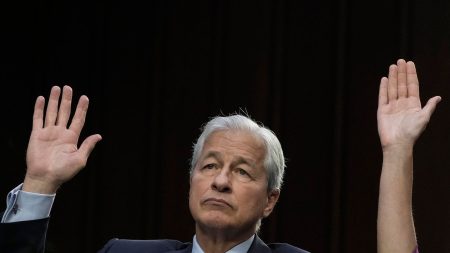The impending return of Donald Trump to the presidency has ignited concerns among student loan borrower advocates regarding the future of student loan forgiveness programs. While some programs appear more vulnerable than others, the overall landscape of student debt relief faces potential upheaval. The Biden administration has made significant efforts to expand and streamline access to these programs, but these gains are now perceived to be at risk under a new administration with differing policy priorities. The crux of the issue lies in the distinction between programs established through regulatory processes versus those enshrined in law by Congress.
Student loan forgiveness programs established through regulatory processes, such as the SAVE plan, Plan B student loan forgiveness, and the proposed hardship student loan forgiveness, are inherently more susceptible to alteration or repeal by a new administration. These programs, created by the Department of Education under existing legal frameworks, can be modified or rescinded through the same regulatory procedures used to establish them. While this process requires adherence to specific protocols and can be subject to legal challenges if deemed arbitrary or harmful, it offers a more expedient path to policy change compared to legislative action. The Trump administration, for instance, could readily dismantle the yet-to-be-finalized hardship forgiveness program or revisit the terms of existing programs like the SAVE plan, potentially diminishing their impact on borrowers.
Conversely, programs established through Congressional legislation, such as Public Service Loan Forgiveness (PSLF), Income-Based Repayment (IBR), and Total and Permanent Disability (TPD) discharges, enjoy a greater degree of protection. These programs, codified into law by acts of Congress, cannot be unilaterally repealed by the executive branch. Their elimination would necessitate new legislation passed by both the House and Senate, a significantly more arduous process, especially given the current political climate. The narrow Republican majorities in both chambers, coupled with the potential for Democratic opposition and the Senate filibuster, create formidable obstacles to outright repeal. However, this does not render these programs entirely immune from modification.
While full repeal of statutory programs faces significant hurdles, a Trump administration could still indirectly impede access to these programs through administrative maneuvers. One potential avenue involves repealing or modifying regulations that have expanded eligibility and streamlined access to these programs. For example, regulations related to PSLF, such as the buyback option and expanded definitions of qualifying employment and payments, could be targeted. Similarly, the removal of post-discharge income monitoring for TPD discharges could be reversed. Such changes, while not eliminating the programs themselves, could significantly curtail their effectiveness and create new barriers for borrowers seeking relief.
Furthermore, a Trump administration could strategically underfund or understaff the Department of Education programs responsible for administering these forgiveness initiatives. Reduced resources could lead to processing backlogs, increased error rates, and diminished oversight of loan servicers, effectively hindering access to these programs despite their continued legal existence. This administrative strategy, while less overt than legislative repeal, could significantly erode the practical benefits of these programs for borrowers. In essence, a Trump administration could strategically create administrative roadblocks, making it more challenging and time-consuming for borrowers to navigate the application process and ultimately obtain the relief intended by these programs.
The fate of student loan forgiveness programs under a returning Trump administration remains uncertain, with the vulnerability of each program largely determined by its origin. Regulatory programs face a more immediate threat of alteration or repeal, while statutory programs, though more secure, could be undermined through administrative actions and regulatory changes that restrict access and create practical barriers. The ultimate outcome hinges on a complex interplay of political maneuvering, legal challenges, and administrative decisions, leaving borrowers in a state of suspense as they await the unfolding policy landscape. The contrasting approaches to enacting these programs, either through regulatory action or Congressional legislation, now dictates the degree to which they are shielded from potential changes under the new administration.










